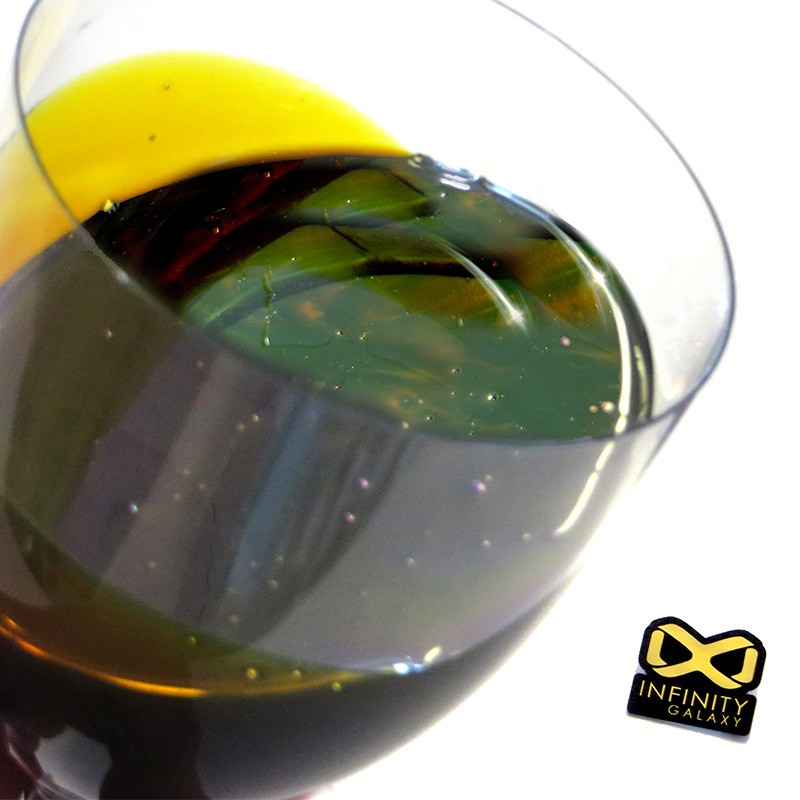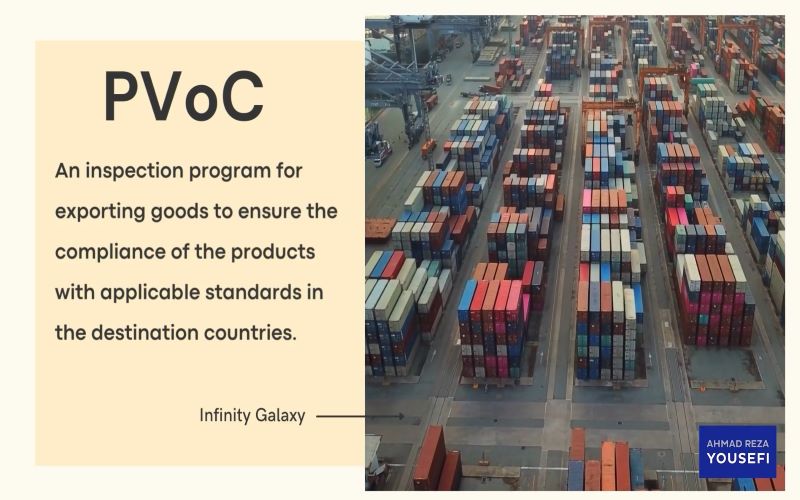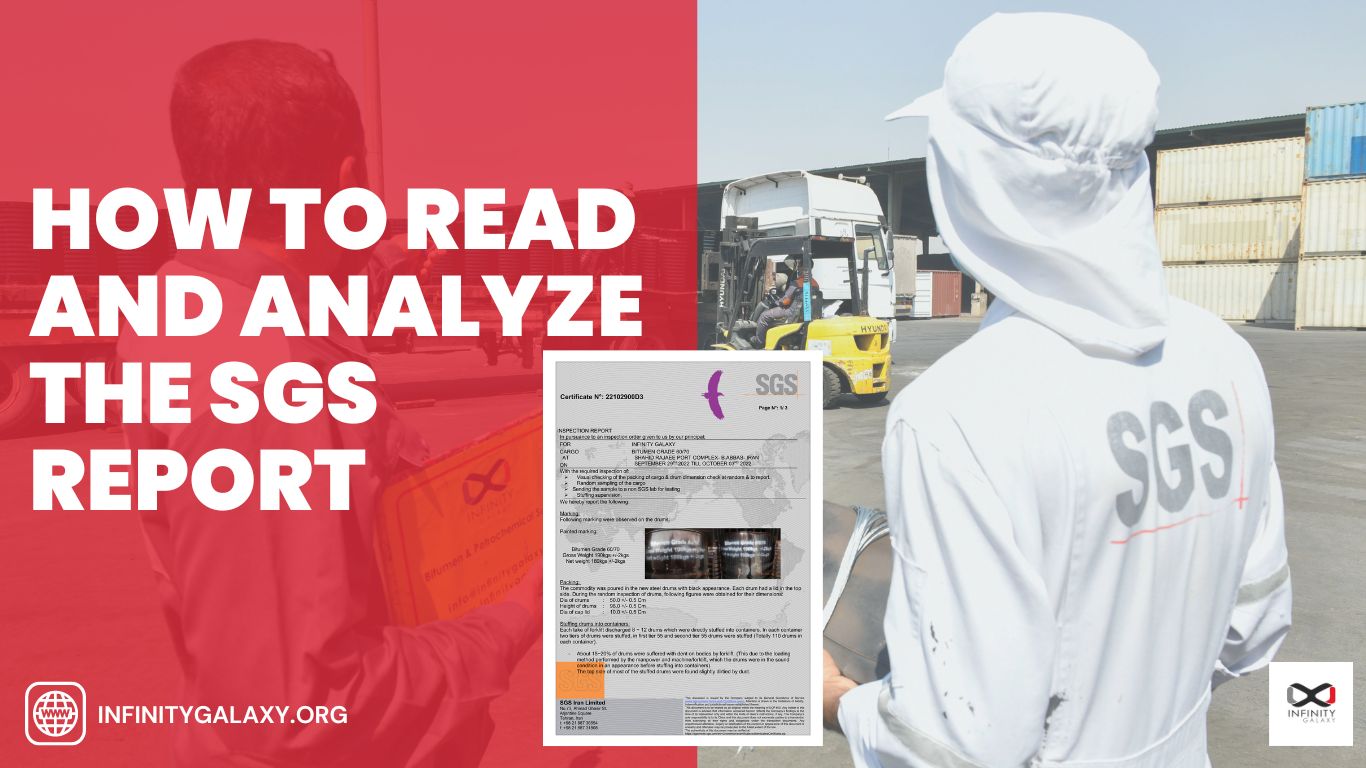What is Rubber Process Oil?
Rubber process oil is a substance made of oil or other types of fossil fuels. This oil product is broadly categorized into two main categories.
First, Synthetic RPO
Synthetic RPO is manufactured in industrialized countries such as Brazil, which has the privilege in the RPO industry, among others.
Second, Natural RPO
Natural RPO is predominantly obtained in Southeast Asia.
RPO (Rubber Process Oil) is divided into 3 types as below:

Rubber Process Oil different types have two general grades: Heavy and Light.
The RPO grading is based on its viscosity. Rubber Process Oils with the viscosity of 20 to 30 are considered as light (low viscosity) grade.
Rubber Process Oils with a viscosity of 30 to 50 are titled as heavy (high viscosity) grade.
Light RPO grade is suitable for cold seasons and regions. On the contrary, heavy RPO grade is appropriate for the hot season and climate.
As a positive point of RPO, Rubber Process Oil is safe and environment-friendly.
Infinity Galaxy can provide high-quality Rubber Process Oil in any type and grade. Infinity Galaxy can also supply Treated Distillate Extracted Solvent (TDAE) for Korea market with a proper price.
Rubber Process Oil Uses
As an overall notion of the RPO application, about 2/3 of this product is applied in tire industries, and the rest is devoted to non-tire industries.
None tire industries in which RPO is used
- Hoses
- Conveyor belts
- Paints and coatings
- Sponge rubber
- Latex products
- Rubber tiles
Aromatic RPO Usage
Tires, lactic, automotive tires and tubes, bicycle tires, tire re-treading materials, belting, hoses, battery casings and containers, extruded products, technical molded goods and rubber articles with reclaim rubber due to high solvency.
Process Oil ( furfural extract ) has color stability, solubility, and thermal stability which make RPO ideal for molded articles, slippers, LPG tubes, floor tiles, etc.
Paraffinic RPO
This type of RPO, supplied by Infinity Galaxy, is well known for its viscosity. As the chain length increases, the viscosity increases.
It is extensively being used in Butyl rubbers.
Naphthenic RPO
Naphthenic RPO is a series of hydrocarbons which is also referred to as cycloparaffins.
It has a unique color and thermal stability and solubility. These mentioned items make the RPO suitable for being used in molded articles, slippers, LPG tubes, floor tiles, etc.
According to the Rubber Manufacturers Association (RMA) report:
- A typical passenger tire weighs about 11.5 kg which contains
- 1.5 kg of natural rubber
- 3 kg of synthetic rubber
- 3 kg black carbon
- 1.5 kg steel tire cord and bead wire
A truck tire weighs about 54.5 kg which contains
- 14.5 kg of natural rubber
- 7.5 kg of synthetic rubber
- 15 kg of black carbon
- 7.5 kg steel tire cord and bead wire
| Chain Supply of RPO | ||
|---|---|---|
| Basic earth extracted materials ∞ | Refineries, Manufacturers of Rubber process oil | End-Use Industries Operating in the Rubber process oil Supply Chain |
| Rubber Mixing Process | Tire, Footwear, Wire & cable coverings, Flooring material, Others | |
| Mixed Rubber Compounds for Making Rubber Products | Traders and Suppliers of Rubber process oil | |
An introduction to RPO specifications
Kinematic Viscosity Test
Kinematic viscosity of RPO at 100c ranges from 10 to 70. The most preferable viscosity ranges from 30 to 60. If the viscosity is lower than 10, the ordinary properties of a vulcanized rubber decrease. Viscosity rate higher than 70, indicates that the process ability and operability in blending with rubber are poor. The kinematic viscosity is reported by ASTM D 445.
Flash Point Test
RPO flash point ranges between 170c and 250c depending on the type.
The desired point is 210c. Low flashpoint increases the risk of flammability.
RPO flashpoint is indicated by ASTM D 92.
RPO Density Test
The normal density of RPO is between 0.870- 0.970 g/cm3.
The desired density is 0.900 to 0.960 g/cm3.
RPO density is reported by ASTM D4052.
Aniline Point in RPO
The lowest temperature at which oil and aniline dissolve in each other proportionately is called aniline Point of the oil. The aromatic proportion can be estimated by the aniline point. The more aromatic portion causes the less aniline point. Aniline point is measured by ASTM D611.
Heavy RPO
| Heavy RPO Specification | |||
|---|---|---|---|
| Typical Properties | Unit | Test Method | Typical Properties |
| Types | Heavy RPO | ||
| Kinematic Viscosity @ 100 °C | cst | ASTM D-445 | Min. 35 |
| Density @ 100 °C | gr/cm3 | ASTM D1298 | 1.05 |
| Flash Point | °C | ASTM D92 | |
| ASTM D93 | 200-230 | ||
| Aniline Point | °C | ASTM D611 | |
| Refractive Index | ASTM D1218 | 1.56 | |
| VGC | ASTM D-2501 | ||
| PCA | %Wt | IP-346 | |
| Oil Type | Aromatic | ||
Light RPO
| Light RPO Specification | |||
|---|---|---|---|
| Typical Properties | Unit | Test Method | Typical Properties |
| Types | Light RPO | ||
| Kinematic Viscosity @ 100 °C | cst | ASTM D-445 | Min. 35 |
| Density @ 100 °C | gr/cm3 | ASTM D1298 | 1.05 |
| Flash Point | °C | ASTM D92 | |
| ASTM D93 | 200-230 | ||
| Aniline Point | °C | ASTM D611 | |
| Refractive Index | ASTM D1218 | 1.55 | |
| VGC | ASTM D-2501 | ||
| PCA | %Wt | IP-346 | |
| Oil Type | Aromatic | ||
RPO Market Share
| RPO Market Share | |
|---|---|
| Country Name | Most Used RPO Grade |
| India | Heavy |
| Malaysia | Light |
| Vietnam | Heavy |
| China | Heavy & Light |
| Dubai | Heavy & Light |
| Korea | Light |
| Turkey | Heavy & Light |
| Taiwan | Light |
| Iraq | Heavy & Light |
| Myanmar | Heavy & Light |
| Indonesia | Light |
The global RPO market seems to expand at a compounded annual growth rate (CAGR) of 3% during 2013-2023. Overall demand for RPO is expected to grow, while DAE demand is expected to fall since more countries adopt regulations. Asia has the highest rubber consumption; moreover, it is the largest RPO market in the world.







